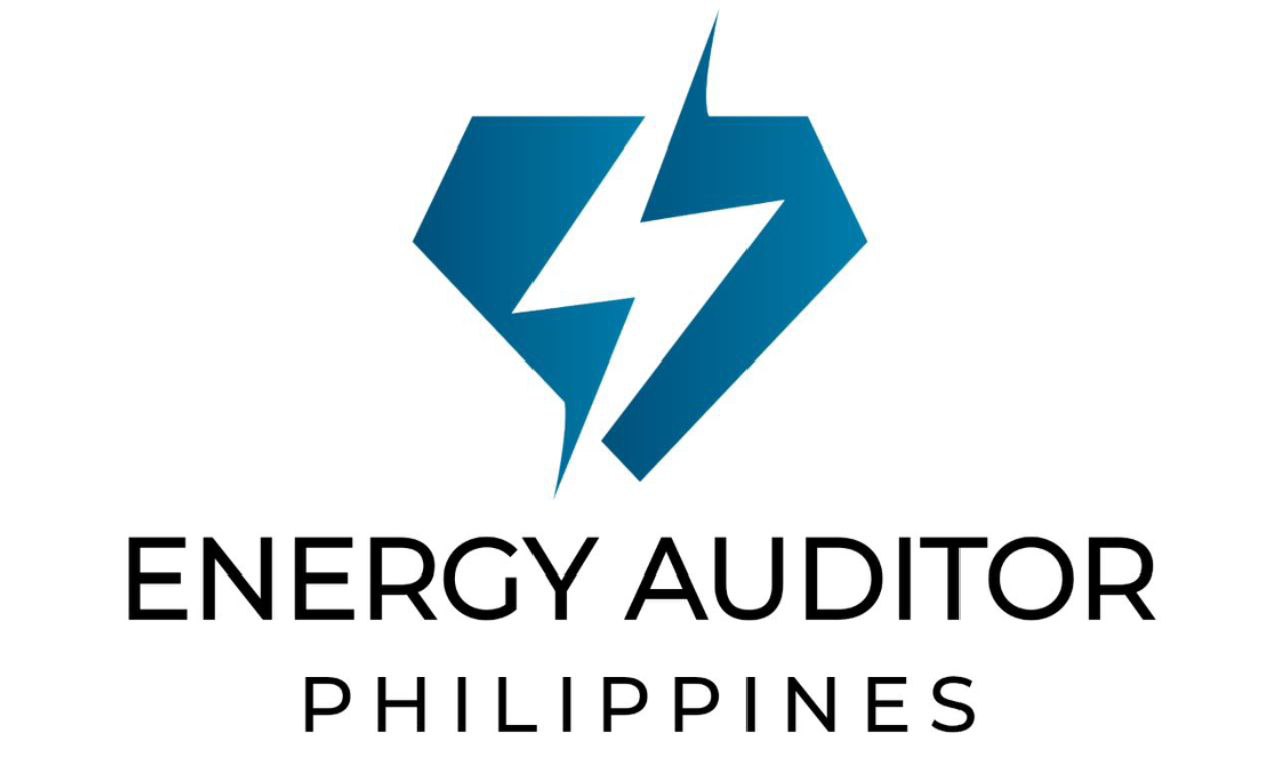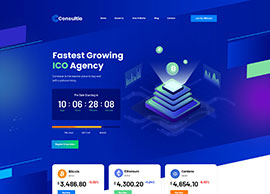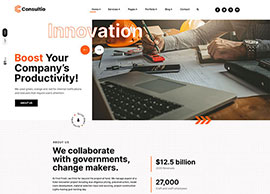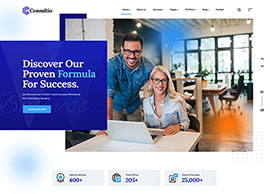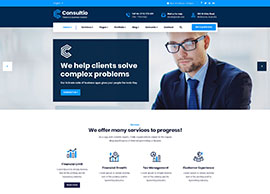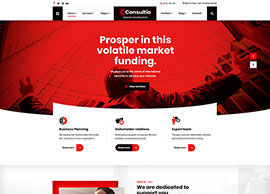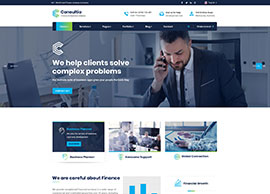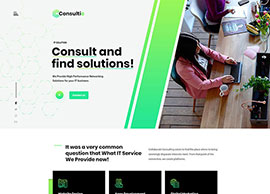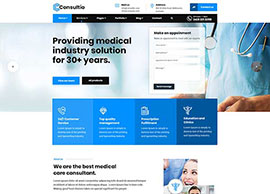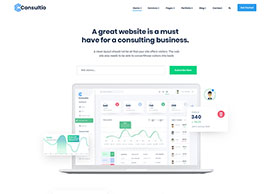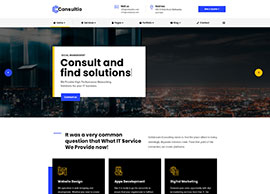In today’s sustainability-focused landscape, tracking and improving energy efficiency is no longer optional—it’s a necessity. For businesses under Republic Act No. 11285 (RA11285), metrics like the Building Energy Index (BEI) and Energy Usage Index (EUI) are crucial tools for evaluating and enhancing energy performance. These indexes provide actionable insights into energy consumption, empowering businesses to optimize operations, reduce costs, and meet regulatory requirements.
This article explores the importance of BEI and EUI, how they are calculated, and their role in fostering energy efficiency.
What Is the Building Energy Index (BEI)?
The BEI measures the energy efficiency of a building by evaluating the energy consumed relative to its total usable space. It is expressed in kilowatt-hours per square meter per year (kWh/m²/year).
How It Works:
- Scope: Includes energy consumed in air-conditioned areas, excluding spaces like car parks and data centers.
- Normalization: Adjusts for operational factors such as weekly hours of operation to ensure accurate comparisons.
Importance of BEI:
- Benchmarking Performance: Enables businesses to compare their energy efficiency against industry standards.
- Identifying Inefficiencies: Pinpoints areas with high energy consumption, guiding targeted improvements.
- Compliance: Helps establishments meet RA11285’s minimum energy performance standards.
What Is the Energy Usage Index (EUI)?
The EUI focuses on industrial processes, measuring the energy consumed per unit of production output. It is expressed as energy per metric ton, energy per unit, or other relevant metrics.
How It Works:
- Scope: Covers all energy used in production processes, including electricity, fuel, and steam.
- Customization: Adaptable to various industries, with specific metrics tailored to the nature of operations.
Importance of EUI:
- Process Optimization: Tracks efficiency in production, helping to identify cost-saving opportunities.
- Sustainability: Supports efforts to minimize energy use while maintaining or increasing output.
- Data-Driven Decisions: Provides insights for adopting energy-efficient technologies and practices.
How Are BEI and EUI Calculated?
Building Energy Index (BEI):
- Energy Consumed (kWh): Total annual energy consumption of the building.
- Net Floor Area (m²): Total usable floor space, excluding areas like parking and server rooms.
- Formula: BEI=Annual Energy Consumed (kWh)Net Floor Area (m²)\text{BEI} = \frac{\text{Annual Energy Consumed (kWh)}}{\text{Net Floor Area (m²)}}BEI=Net Floor Area (m²)Annual Energy Consumed (kWh)
Energy Usage Index (EUI):
- Energy Consumed (kWh): Total energy used in production or operations.
- Output (Units): Total production output or service units delivered.
- Formula: EUI=Total Energy Consumed (kWh)Total Production Output (Units)\text{EUI} = \frac{\text{Total Energy Consumed (kWh)}}{\text{Total Production Output (Units)}}EUI=Total Production Output (Units)Total Energy Consumed (kWh)
Why Are BEI and EUI Important?
- Enabling Strategic Decision-Making
BEI and EUI data empower businesses to make informed decisions about investments in energy-efficient systems, operational changes, and infrastructure upgrades. - Tracking Progress Over Time
These indexes provide a baseline for monitoring improvements, ensuring that energy efficiency initiatives deliver measurable results. - Supporting Regulatory Compliance
Both metrics are integral to RA11285 compliance, especially in submitting the Annual Energy Efficiency and Conservation Report (AEECR) and the Annual Energy Utilization Report (AEUR). - Driving Cost Savings
By identifying inefficiencies, businesses can implement targeted measures to reduce energy consumption and operating costs. - Promoting Sustainability
Lowering BEI and EUI values contributes to reducing greenhouse gas emissions, aligning businesses with global sustainability goals.
Best Practices for Utilizing BEI and EUI
- Regular Monitoring
Continuously track BEI and EUI to identify trends and anomalies in energy usage. - Benchmarking Against Peers
Compare performance with similar establishments or industry standards to set realistic efficiency targets. - Investing in Energy Audits
Periodic energy audits provide deeper insights into factors influencing BEI and EUI, offering recommendations for improvement. - Engaging Certified Energy Practitioners
Work with Certified Energy Managers (CEMs) and Certified Energy Auditors (CEAs) to interpret BEI and EUI data and design actionable strategies. - Incorporating Energy Management Systems
Use tools aligned with ISO 50001 standards to automate data collection and analysis, streamlining the process of calculating and improving BEI and EUI.
Success Stories: BEI and EUI in Action
- A Retail Mall’s BEI Improvement
A major shopping mall reduced its BEI by upgrading to energy-efficient HVAC systems and implementing LED lighting. Over three years, it achieved a 25% reduction in energy consumption per square meter. - A Manufacturing Plant’s EUI Optimization
An industrial facility improved its EUI by optimizing production schedules and upgrading machinery. The result was a 30% decrease in energy used per metric ton of output, saving millions in annual energy costs.
The Building Energy Index (BEI) and Energy Usage Index (EUI) are more than just metrics—they are powerful tools for driving energy efficiency and sustainability in businesses. By leveraging these indexes, establishments can not only meet compliance requirements under RA11285 but also achieve significant cost savings and environmental benefits.
Are you ready to harness the potential of BEI and EUI? Start tracking your metrics today and take a proactive step toward energy efficiency and sustainability.



